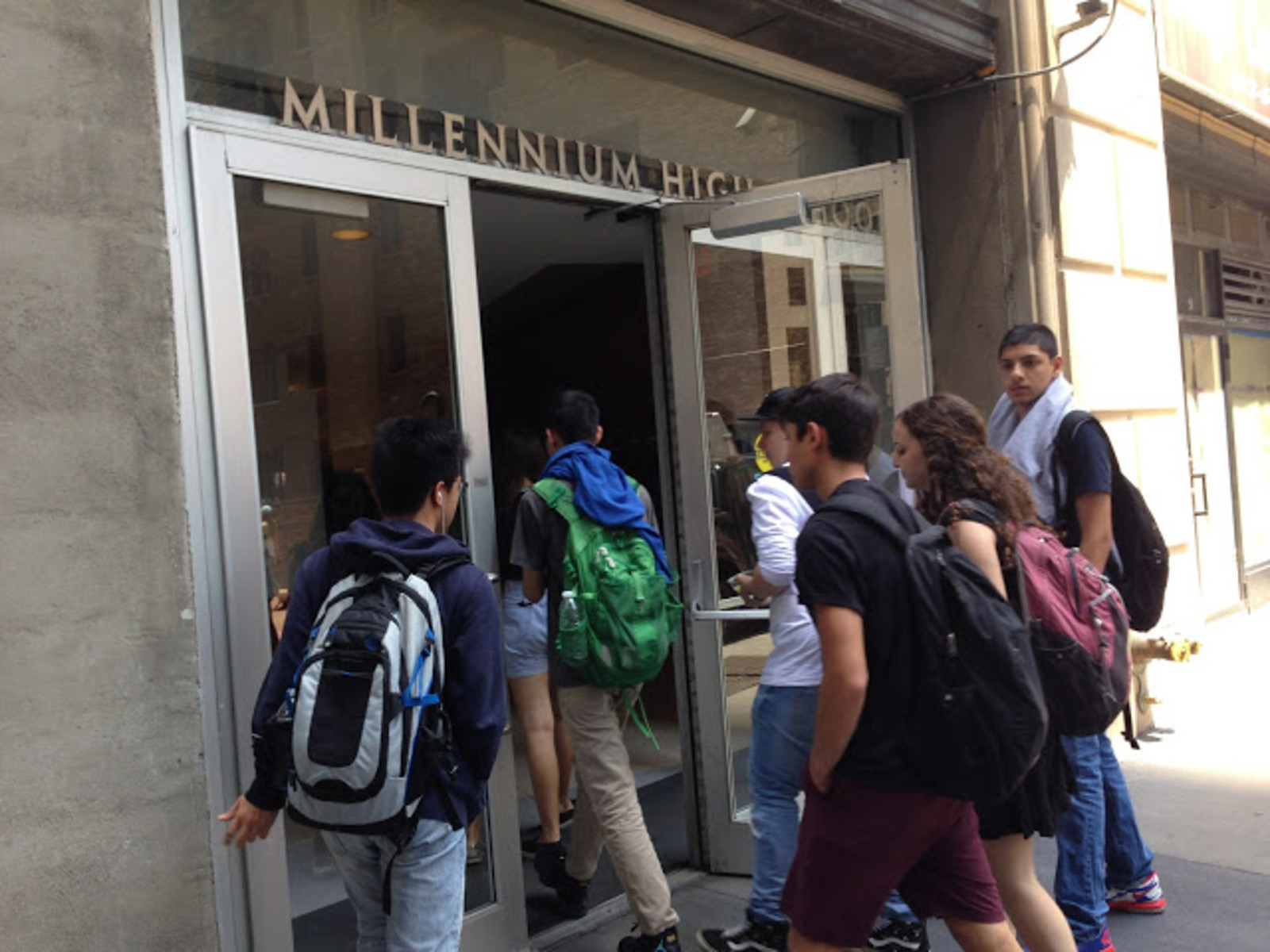A flawed process: Applying to HS for students with disabilities

by Rachel Howard, Lori Podvesker, Albert Martinez and Todd Dorman of INCLUDEnyc
All 8th-graders have a rough time applying to high schools in New York City, but for the 15,000 8th-graders with disabilities—out of 270,000 total students with disabilities—the application process is even harder. Information in the high school directory can be misleading, and parents of children with disabilities don't get much help at fairs or open houses. Families hear the same mantra: “This school will provide students with disabilities the supports and services indicated on their IEPs.” Too often, it’s just not true.
Students with disabilities, especially those from high-need neighborhoods, are at the highest risk for placement at the city’s lowest performing high schools—or at schools that are unprepared to support them. Through our work at INCLUDEnyc, we’ve seen kids choose underperforming schools over better ones because they were close by; we’ve seen others apply to schools that they weren’t qualified to attend, or that were geographically inaccessible to them. Too many students with disabilities make uninformed choices about high school—and it shows. The graduation rate for students with disabilities is 36.6 percent (about half of the city average), and the dropout rate is especially high during 9th grade.
Students who meet the criteria for one of 13 federally defined education disabilities are legally entitled to an Individualized Education Program, known as an IEP. An IEP outlines the services, supports, and educational strategies that must be provided so the student can learn and graduate ready for a job or college. The IEP is both a legal contract and a working educational map. But the capacity of any school to fulfill a student’s program—which is different for every student—is all but ignored in the NYC high school application process.
Students with IEPs who enter 9th grade may have to wait weeks or even months while a school scrambles to prepare to educate them. These preparations may include hiring service providers like speech or occupational therapists, counselors who understand the transition process for students with disabilities, and/or Special Education Teacher Support Services—specialized teachers who provide direct 1:1 or small group instruction and support general education teachers on how to best teach a child based on her individual needs. A student waiting for these services to begin is a student whose education is on hold.
In other cases, a school may decide to hold a new IEP meeting and make changes to reflect the services the school currently has—not the ones a student needs. In our world, this is affectionately referred to as a "BS IEP."
In either case, a future is placed in jeopardy. With stakes this high, we clearly need change.
We should start by teaching middle school students with IEPs how to begin managing their own education. Students with IEPs need to learn about their disabilities, the IEP process, and how they themselves can best learn. Students with IEPs need to learn what supports and environments they need to thrive, and to be self-advocates. In short, they need to begin the process of transitioning to adulthood.
This process needs to involve families, students and schools. In many cases, the process may also include independent agencies like INCLUDEnyc that exist to help families and students navigate these transitions.
For families to make sound decisions, they also need detailed information about high schools that they can access easily and understand fully. At the moment, finding out which schools can provide good supports for students with IEPs requires major digital detective skills. For families who are not internet or computer savvy, or for whom English is a second language, information can be very hard to find. And parents often don’t know which questions to ask.
To start with, every school page in the High School Directory (PDF) should provide this key information:
• Are related services contracted out to other agencies, or are they provided by full-time staff at the school?
• Does the school have a dedicated special education coordinator or a staff member dedicated full-time to managing IEP services?
• How many subjects were taught in ICT settings the previous year?
• How many self-contained classrooms were there the previous year, per grade?
• What special programs does the school offer to help students make the transition from high school to work or college?
Families of students with disabilities deserve accessible, accurate information to make informed decisions when choosing a high school. With more transparency and initiative, we can give all rising 9th-graders the tools they need to reach their potential in high school.
The staff of INCLUDEnyc work on behalf of NYC young people with disabilities. INCLUDEnyc, an independent nonprofit organization, helps hundreds of 8th-graders with disabilities and their families navigate the high school application process.
Please Post Comments